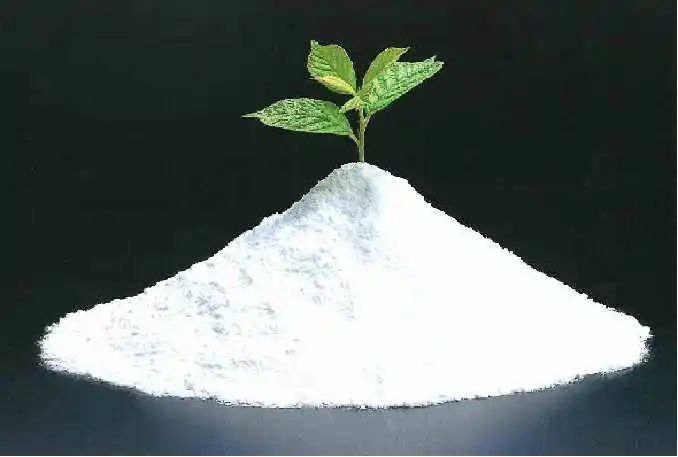Antimicrobial coatings are an important development in the coatings industry today. Adding the right amount of antimicrobial agent to the coating formulation can play an effective antibacterial or antimicrobial role. Especially with the emergence of the new coronavirus in the past few years, there is a growing interest in antimicrobial coatings. In addition to some natural antimicrobial agents, according to the structure of antimicrobial agents can be divided into organic antimicrobial agents and inorganic antimicrobial agents. At present, most of the antimicrobial agents used in coatings are organic antimicrobial agents, which have the characteristics of rapid and efficient sterilization. However, organic antimicrobial agents have poor thermal stability, easy decomposition, poor longevity, toxicity is also greater, the environment and the human body are not small impact. Compared with organic antimicrobial agents, inorganic antimicrobial agents have the advantages of safety, longevity, heat resistance and spectral sterilization, is a more economical and environmentally friendly antimicrobial agent products, although the price is higher, but has a very good commercial prospects. Translated with www.DeepL.com/Translator (free version)

Inorganic antimicrobial agents can be divided into two categories: metal ion antimicrobial agents and photocatalytic metal oxide type antimicrobial agents. Metal ion type antimicrobial agent is the antimicrobial effect of metal ions and carrier (such as zeolite, silica gel, etc.) to make a composite antimicrobial agent. Antibacterial effect of metal ions are silver ions, copper ions, zinc ions and iron ions. Among them, silver ions have the highest antibacterial efficiency, and do not produce resistance, and has a broad-spectrum bactericidal characteristics. The bactericidal properties of photocatalytic metal oxides are related to the crystal structure, and it is generally believed that the anatase structure is more advantageous. Commonly used photocatalytic antibacterial agents are titanium dioxide and zinc oxide. Because there is no loss in the photocatalytic process, it is a stable and long-lasting antimicrobial agent, and no secondary pollution occurs.
There are two main hypotheses for the mechanism of metal ion-based antimicrobial agents: the first is that metal ions can come into contact with cell membranes and enter the interior of cells, thereby inactivating active proteins and causing them to lose their ability to proliferate or die. The second is that hydroxyl radicals and reactive oxygen ions are generated by water and oxygen in the environment under the action of metal ions. Both of these newly generated substances have a strong oxidizing ability and rapidly slow down the proliferation of bacteria or kill them to achieve the effect of bacterial inhibition or sterilization. The main mechanism of photocatalytic metal oxide type with antibacterial properties is the generation of reactive oxygen ions, free radicals or hydrogen peroxide under the action of photocatalysis, which further destroys cellular functions.
Inorganic nanobacterial agents are a new class of antimicrobial agents that emerged with the development of nanotechnology. When the size of inorganic biocides is reduced to the nanoscale, their antimicrobial effect can be improved by orders of magnitude. This is mainly due to the significant increase in specific surface area and catalytic performance after nanosizing, as well as the special nano-effects that promote antimicrobial activity. On the other hand, nano antimicrobial agents are easy to agglomerate and require the addition of special dispersants and stabilizers, which impose new requirements on both carriers and additives. The composite of two types of inorganic antimicrobial agents can also improve the comprehensive antimicrobial effect, such as photocatalytic mechanism requires ultraviolet wavelength, and the noble metal and titanium dioxide composite (such as silver – titanium dioxide composite system) can expand the light absorption range of titanium dioxide, improve the bactericidal performance.
*Disclaimer: The content contained in this article comes from the Internet, WeChat public numbers and other public channels, and we maintain a neutral attitude toward the views expressed in the article. This article is for reference and exchange only. The copyright of the reproduced manuscript belongs to the original author and the institution, and if there is any infringementPlease contact Jetson Chemical for deletion
